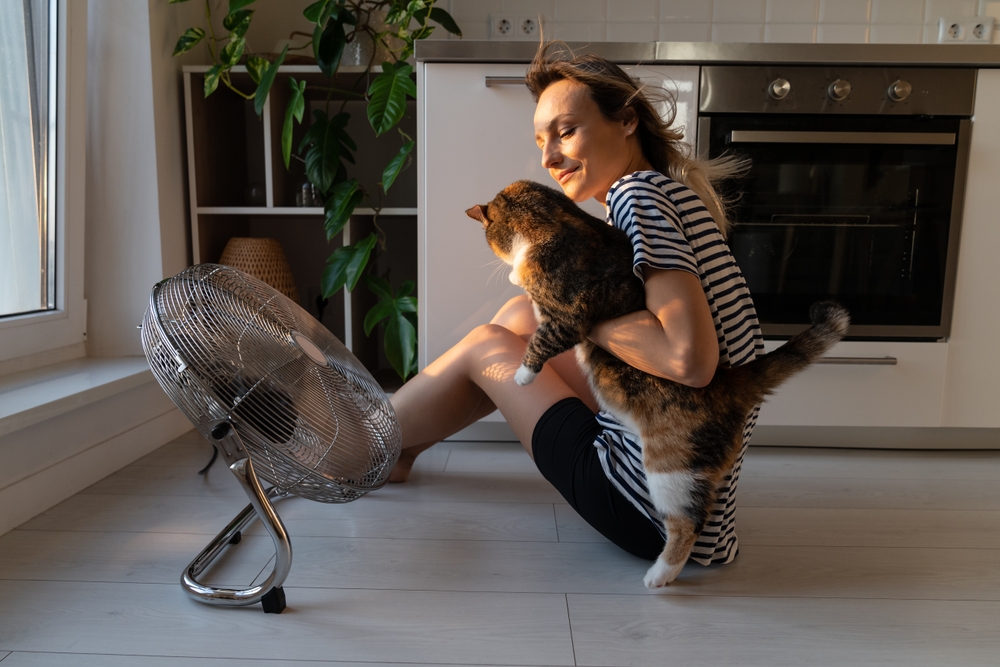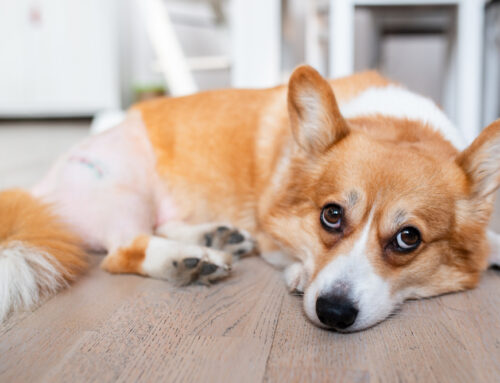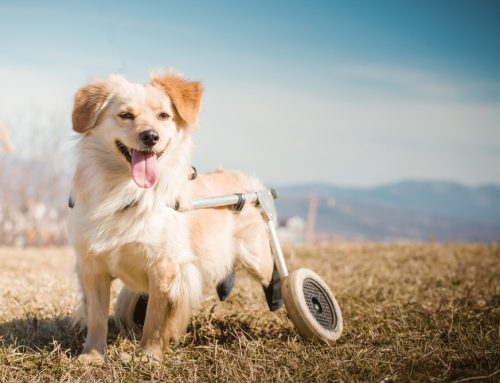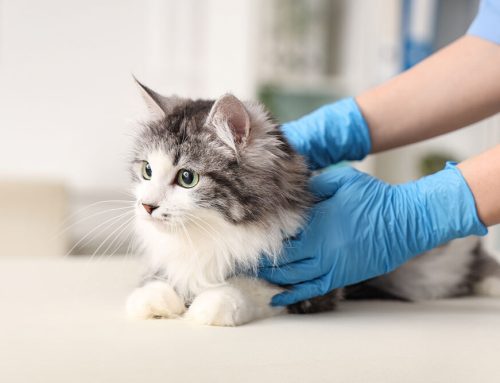As the summer heats up, your pet’s safety should become your top priority. Prolonged exposure to extreme temperature and humidity levels puts pets at risk for heatstroke and other heat-related conditions. Common misconceptions about heat safety can endanger pets’ health, and our Homestead Animal Hospital team is setting the record straight by providing recommendations you should follow to help keep your pet safe when the temperature and humidity levels skyrocket.
Myth #1: Shaving your pet’s fur keeps them cooler
Fact: While you may believe that having less fur helps keep your pet cooler during the summer, shaving your four-legged friend does not in fact keep them cooler, and can do more harm than good. Your pet’s fur helps regulate their body temperature and protects their skin from sunburn. Rather than completely shaving your pet, brush their coat regularly to remove dead hair, prevent matting, and increase air circulation.
Myth #2: Pets can’t get sunburned
Fact: Pets can get sunburned from prolonged sun exposure. People with lighter skin and hair tend to burn easier, and the same is true for pets. While all pets are susceptible to sunburn, some have a higher risk, including those who have the following characteristics:
- Light-colored fur
- Short, thin, or no fur
- Light or pink skin
- Health conditions that cause hair loss
Regardless of their coat’s characteristics, each pet has vulnerable body areas, such as their belly, ears, and nose, that are more likely to become sunburned. Protect your pet from the sun’s ultraviolet (UV) rays by applying pet-safe sunscreen to these areas. In addition, always limit your four-legged friend’s direct sun exposure during peak hours.
Myth #3: Pets will stop exercising when they’re too hot
Fact: Pets often prioritize play above all else, and they may not stop even if they’re overheated, which can lead to heat exhaustion or heatstroke. Limit your pet’s aerobic exercise, such as walking, jogging, or playing fetch, to the early morning or late evening hours during the summer months. Be cautious about exercising an overweight or flat-faced (i.e., brachycephalic) pet. You can also encourage your pet to exercise indoors, rather than playing outside during hot weather.
Myth #4: Pets don’t need extra water when the temperature is high
Pets can easily become dehydrated when temperatures rise, and hydration is critical during the hot summer months. Most pets need one ounce of water per pound of body weight, but many pets do not get enough hydration when temperature and humidity levels are high. To ensure your pet stays hydrated on hot days, give them a tip-proof bowl filled with cool water at all times and encourage your four-legged friend to pause and take a drink often while outdoors. If you head out for a hike, take plenty of water and a portable water bowl to help ensure your pet remains hydrated.
Myth #5: Pets sweat like people to cool themselves down
While pets have some sweat glands, they produce only a small amount of sweat, and this is not effective to cool their body temperature sufficiently. Panting is the primary way pets lower their body temperature. When your pet pants, the evaporating moisture on their tongue, combined with the evaporation of the moist lining of their lungs, cools them down, similar to the way evaporating sweat helps humans cool down.
Myth #6: Pets don’t get heatstroke
Pets can suffer from heat exhaustion and heatstroke, which can be serious and life-threatening. Cats’ and dogs’ normal temperature is between 100 and 102.5 degrees. Heatstroke develops when their body temperature elevates to between 104.9 and 109.4 degrees. Heat exhaustion occurs directly before heatstroke’s onset. If a pet’s body temperature reaches 106 degrees, their organs begin to fail, so you must take cooling measures when your four-legged friend’s temperature rises to 103 or higher. Brachycephalic breeds, pets with health conditions, or those who are overweight or seniors have an increased overheating risk. Pets’ common heatstroke signs include:
- Heavy panting
- Drooling
- Red gums
- Rapid breathing and a fast heart rate
- Dull or distant look
- Lethargy and weakness
- Seizures
- Collapse
If your pet exhibits heat stress signs, take immediate action. Bring your pet inside, cool them down, and seek veterinary care.
Myth #7: Pets are natural swimmers

Swimming is a fun, refreshing summer activity for pets, but not every pet is comfortable in the water. No matter your pet’s swimming ability, you should always supervise them when near water. If your pet is unsure about immersing themself in a swimming pool, they may enjoy playing in a child’s wading pool filled with a few inches of water, which can be more fun and interactive when you add floating toys or treats.
Learn to separate facts from myths when considering your pet’s safety during the hot summer months. Always take precautions to keep your pet safe and comfortable when temperature and humidity levels are high. If you are concerned about your pet’s heat safety, or suspect a heatstroke emergency, immediately contact our Homestead Animal Hospital team.
















Leave A Comment